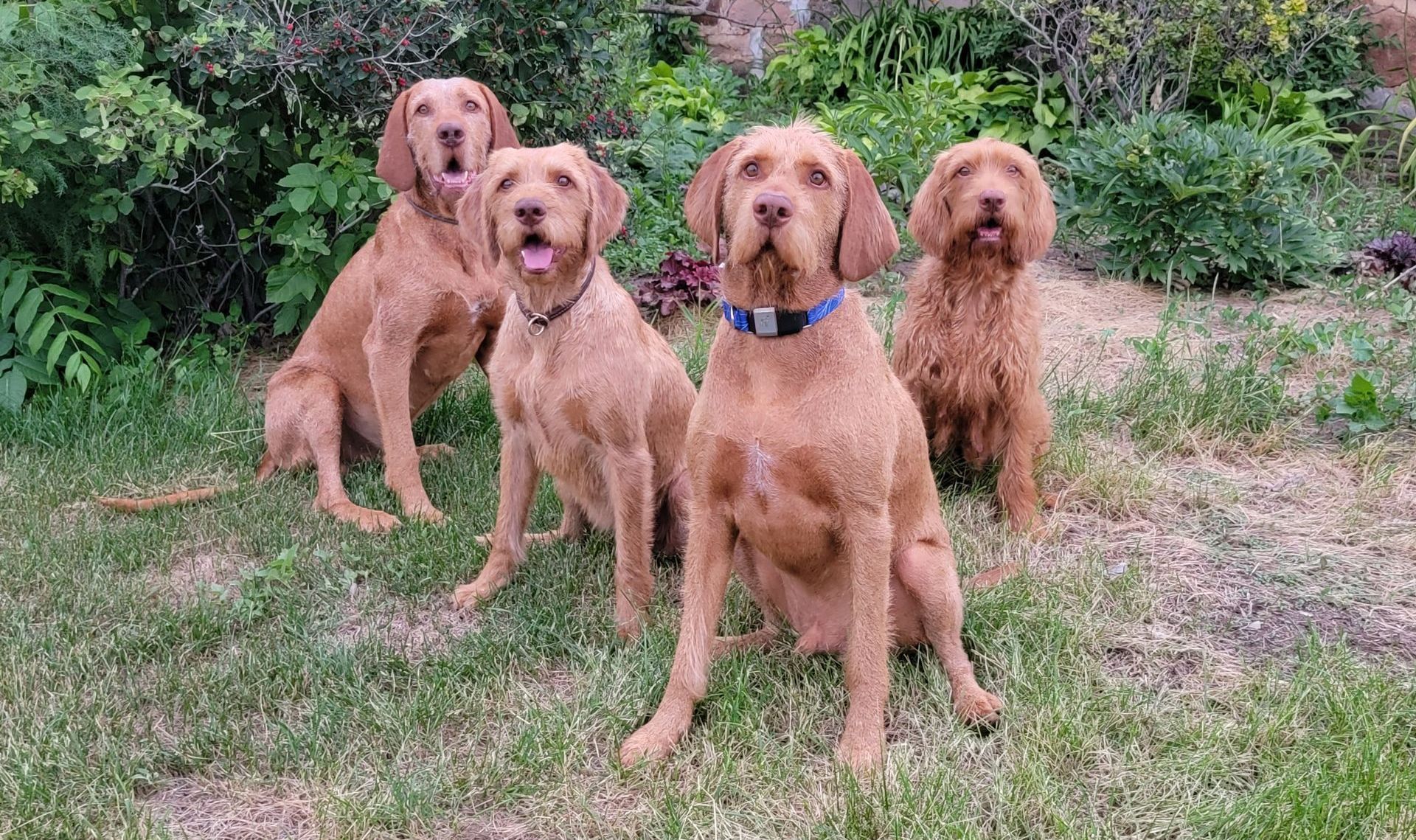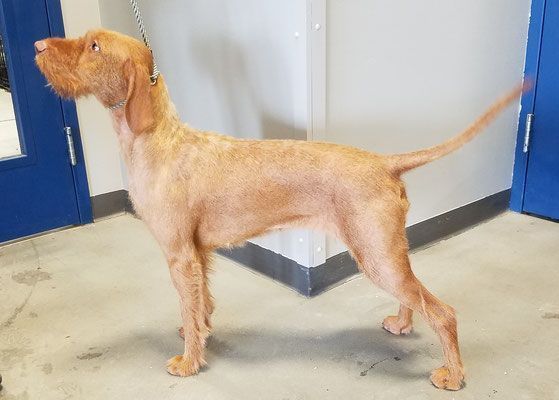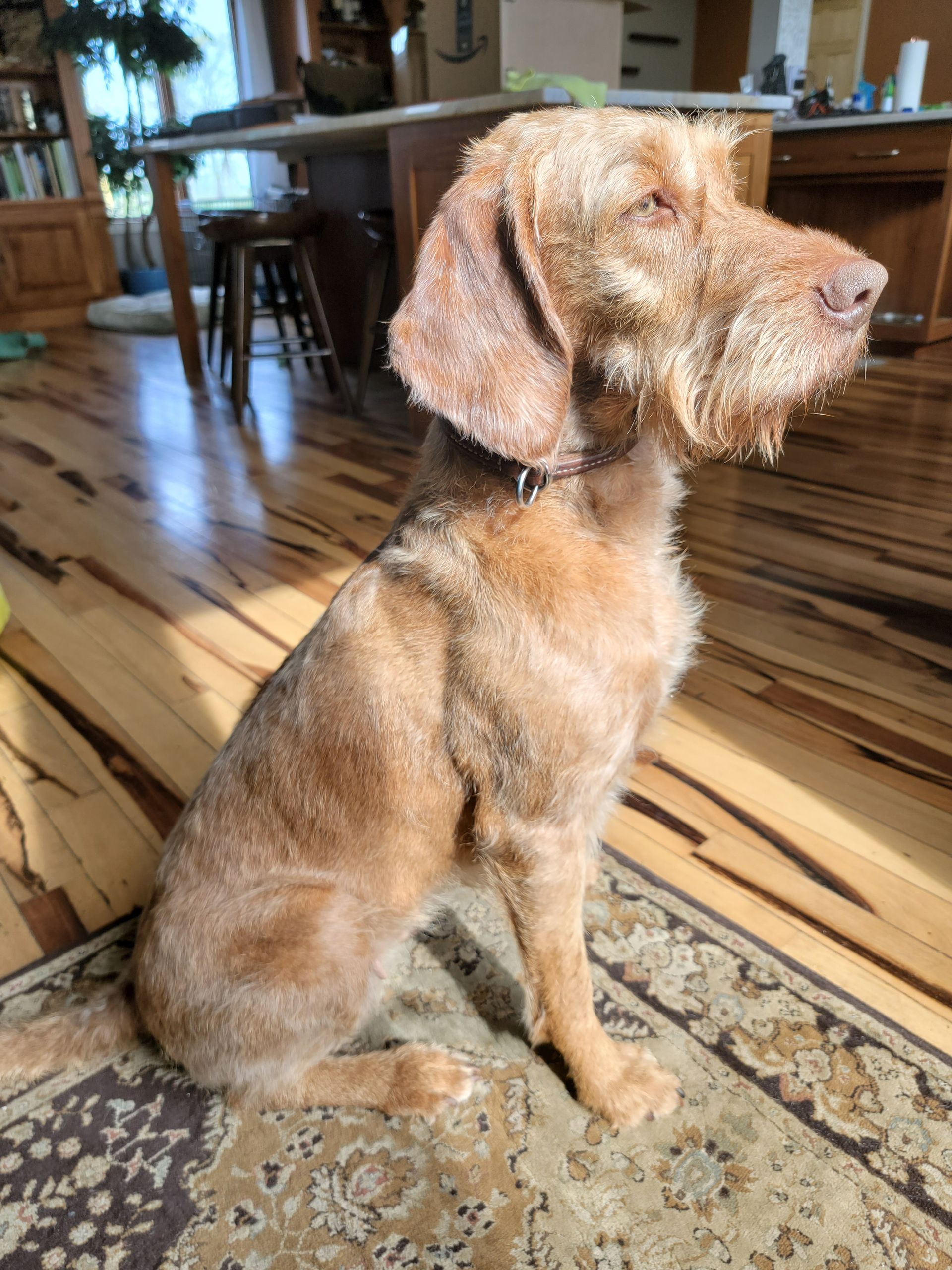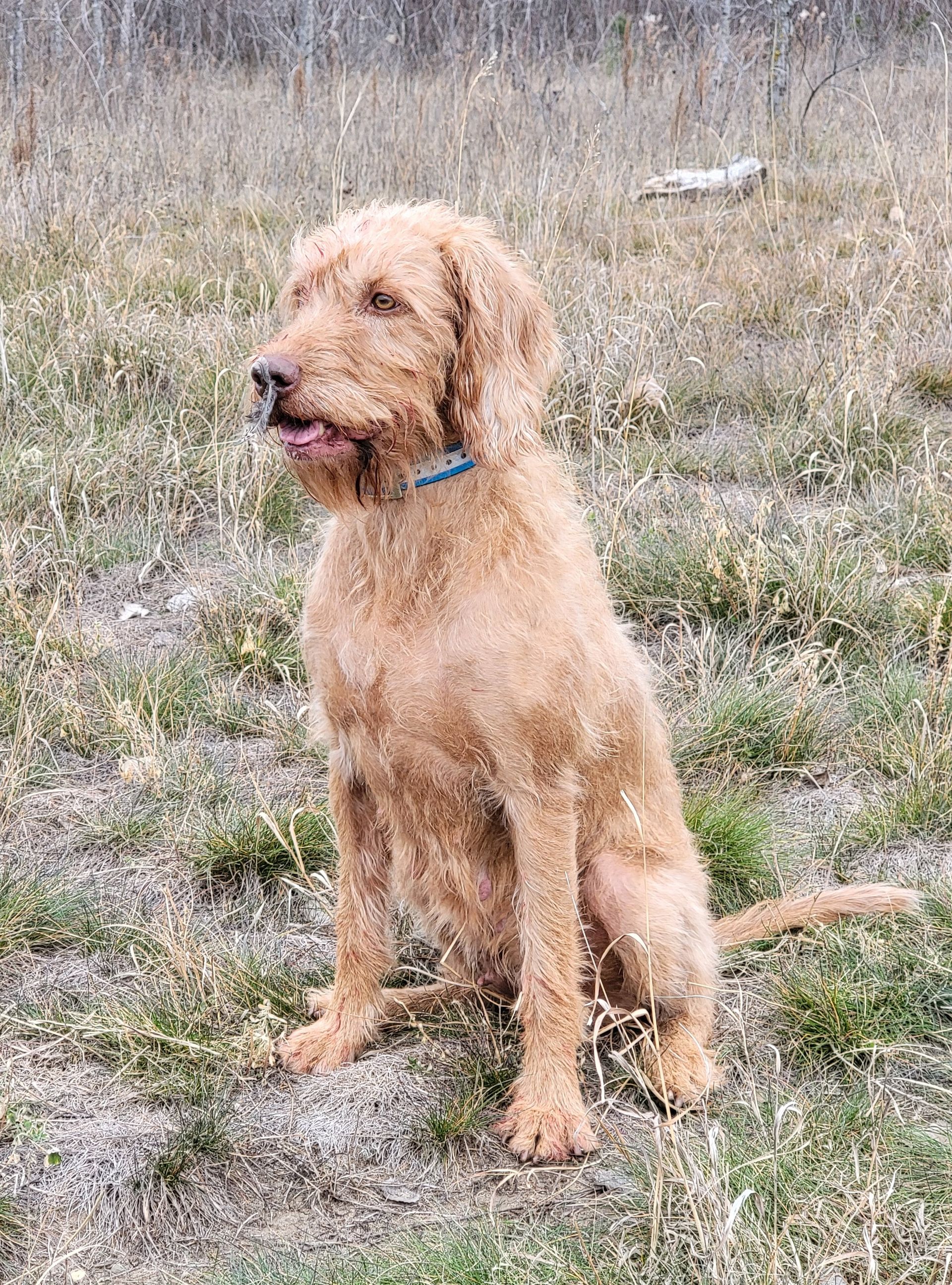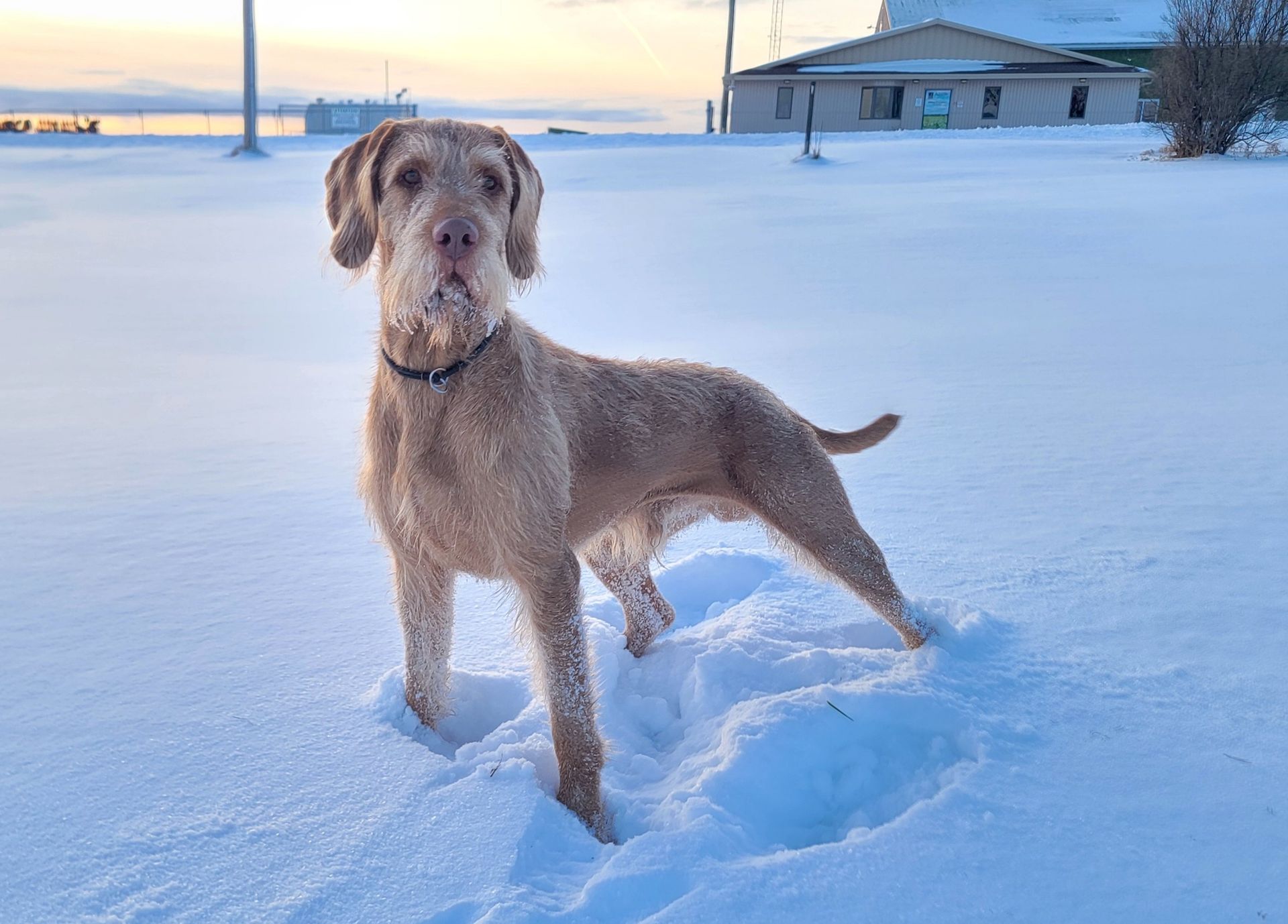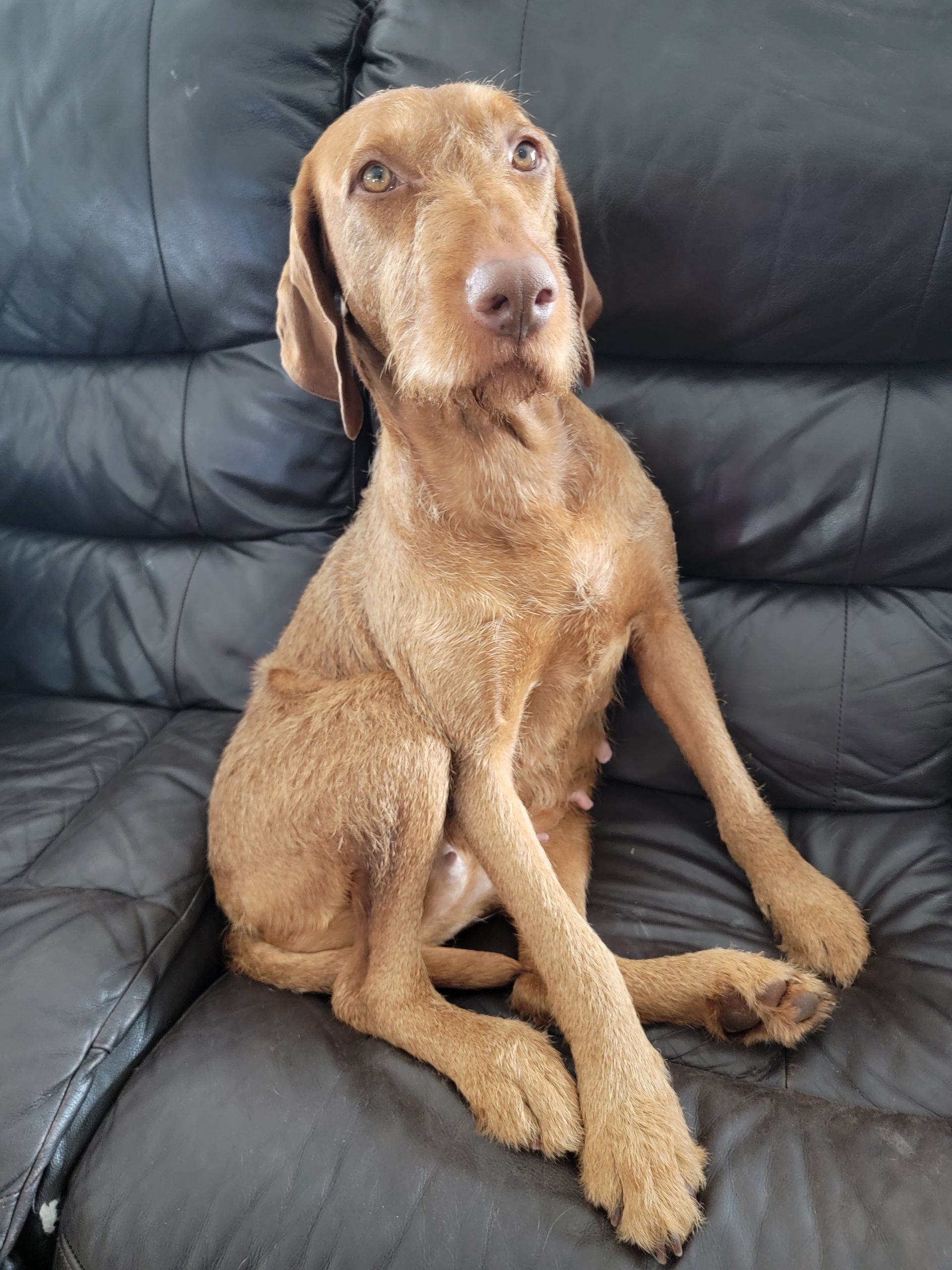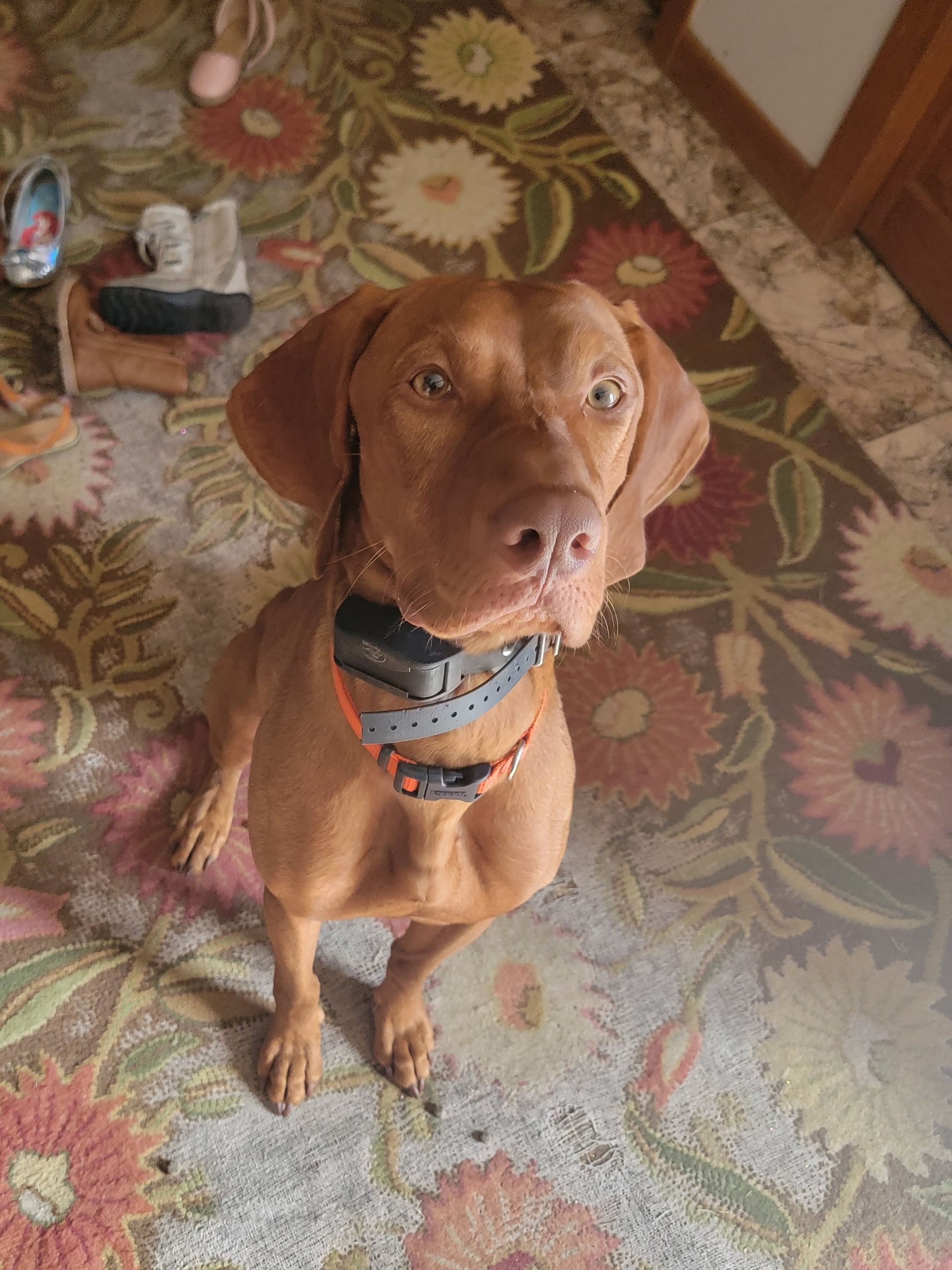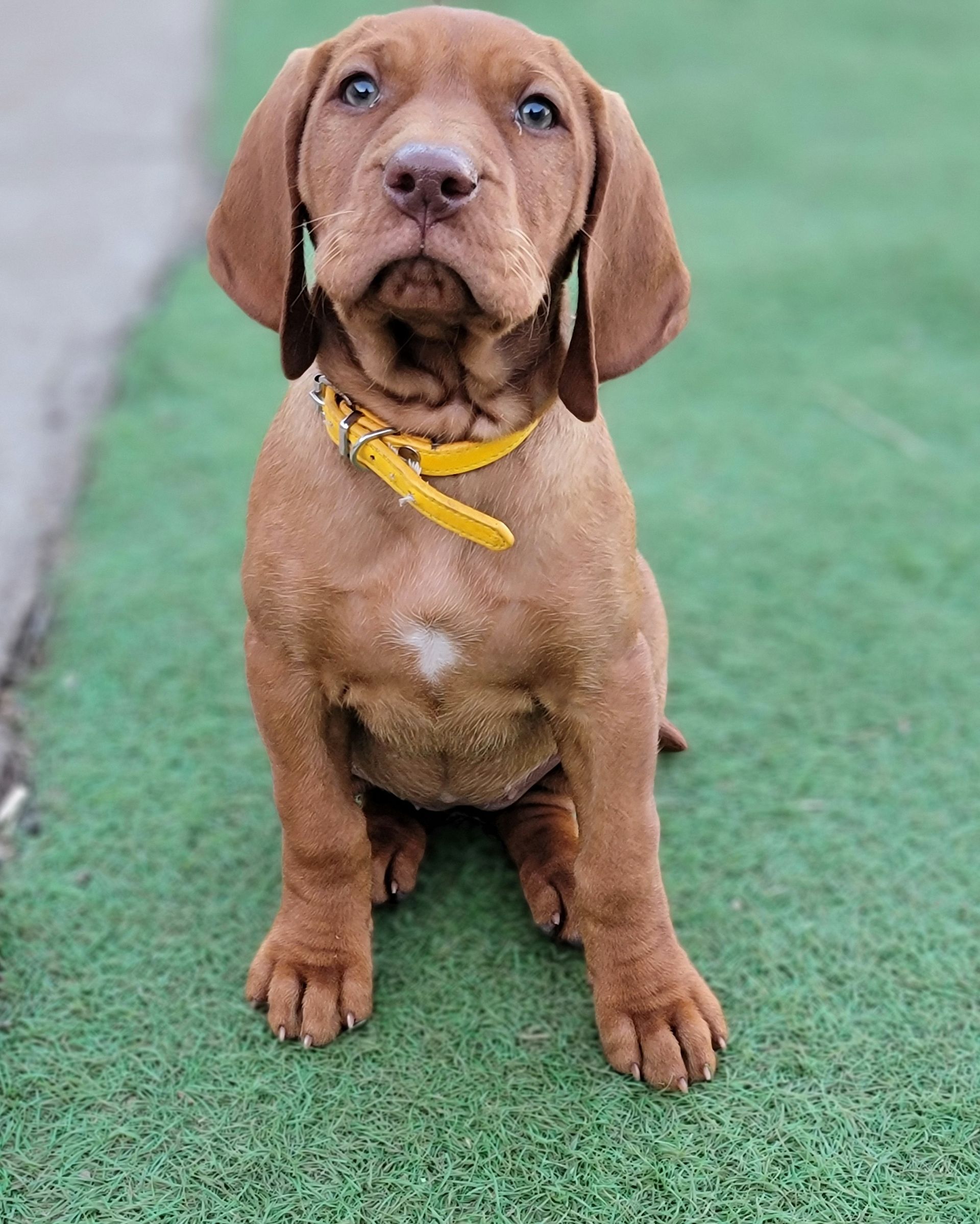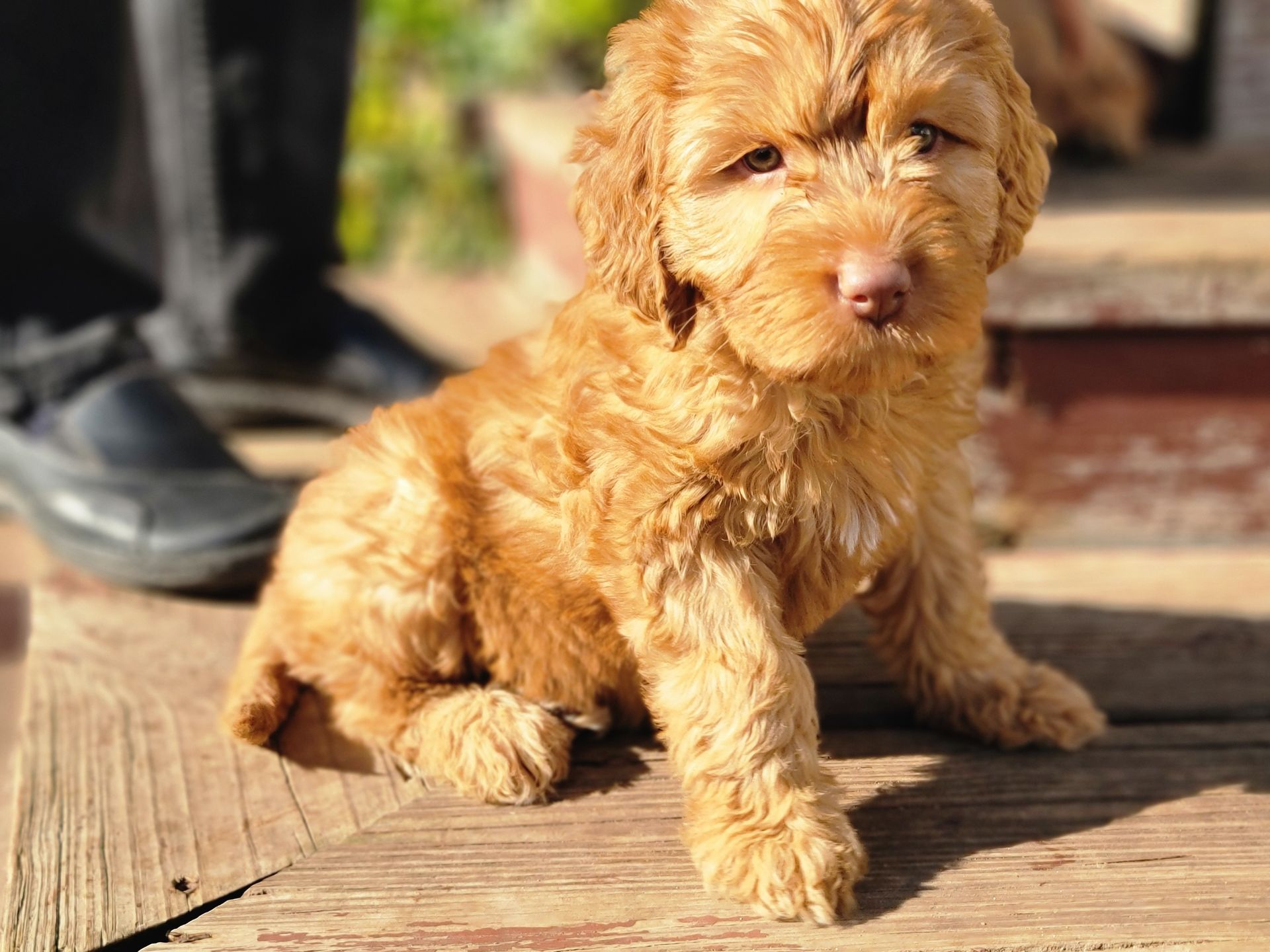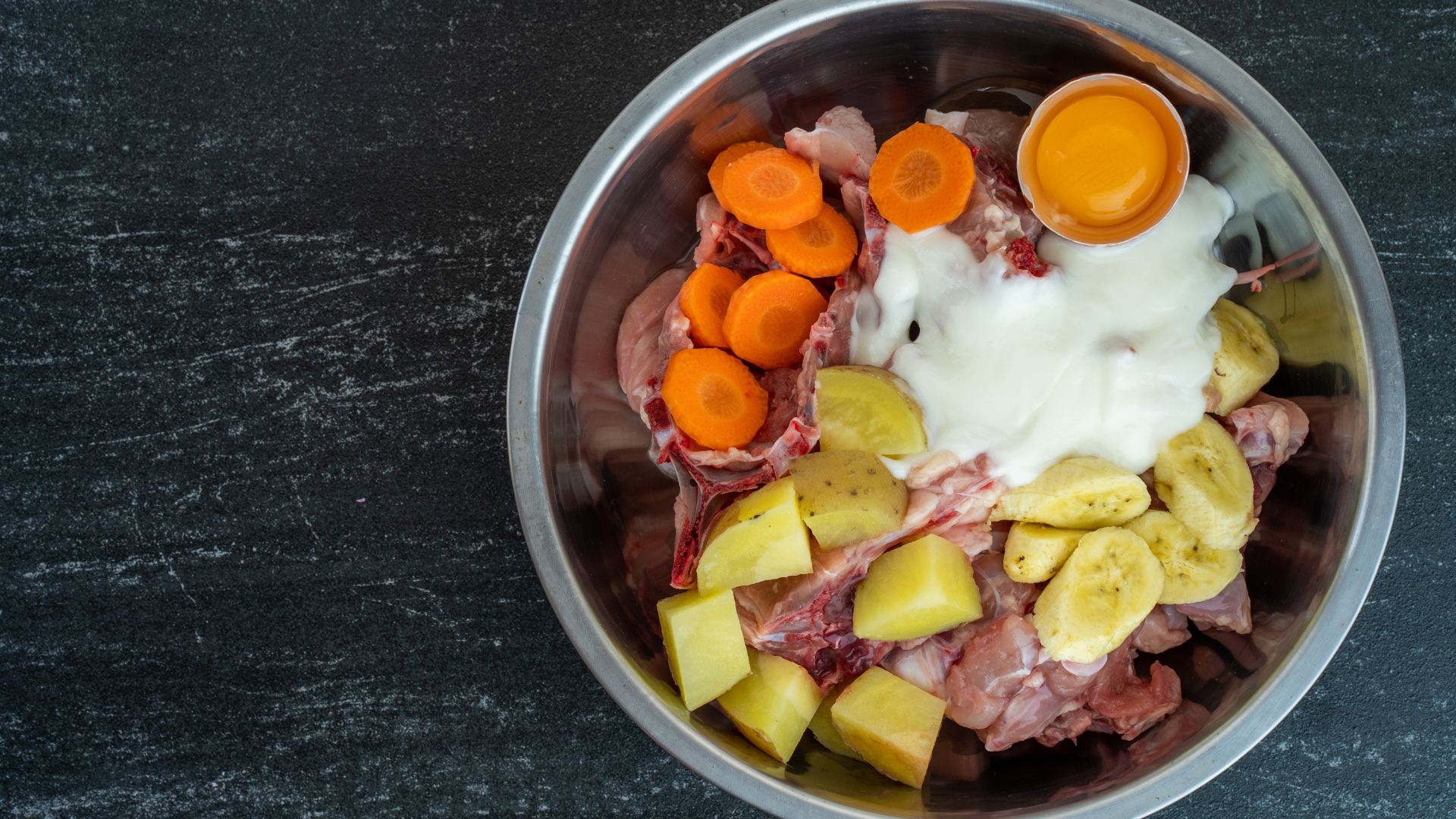Comprehensive Health and Genetic Testing in Wirehaired Vizslas
Comprehensive Health and Genetic Testing in Wirehaired Vizslas
At Pivot Kennels, we prioritize the health and longevity of the Wirehaired Vizsla breed. We are passionate and picky! Before making breeding decisions, we conduct thorough health and genetic testing to ensure we are pairing dogs that will produce healthy, well-structured, and genetically diverse litters. In addition, personalities are evaluated—most hunting dogs are also family dogs and must be a calm, gentle, and sociable family companion.
The Role of Genetic Testing in Breeding Decisions
A significant part of our breeding decisions involves analyzing the pedigree and running a Coefficient of Inbreeding (COI) assessment between two potential breeding dogs. COI measures the level of inbreeding, helping us maintain genetic diversity and avoid hereditary health issues. We utilize an amazing database, vizsladatabase.com, to help us with researching breeding dog compatibility. Additionally, we test for specific genetic traits and health markers to ensure compatibility between breeding pairs.
Hip, Elbow, Eye, and Cardiac Evaluations
Beyond genetic testing, we conduct orthopedic and health evaluations to assess overall well-being.
- Hip Dysplasia Screening: This is a common concern in sporting breeds, where improper formation of the hip joint can lead to arthritis and mobility issues. We test through the Orthopedic Foundation for Animals (OFA), PennHIP, or foreign equivalent to ensure our breeding dogs have passing and high hip scores before considering them for a litter.
- Elbow Dysplasia Screening: Similar to hip dysplasia, elbow dysplasia can cause lifelong joint pain and lameness. Testing ensures that our breeding dogs do not carry or pass on this debilitating condition.
- OFA Eye Screening: We conduct OFA-certified (or foreign equivalent) eye exams to check for inherited ocular conditions, ensuring our dogs have healthy vision.
- Cardiac Testing: We are currently working on obtaining OFA or an equivalent foreign certification for cardiac health to ensure our dogs do not have congenital or hereditary heart conditions.
Understanding Genetic Conditions
We screen for several hereditary conditions to prevent passing on genetic disorders. Here are some key conditions we test for:
- HUU (Hyperuricosuria): A condition that causes excessive uric acid in the urine, leading to kidney and bladder stones.
- ECLE (Exfoliative Cutaneous Lupus Erythematosus): A severe autoimmune skin disorder that can lead to hair loss, lesions, joint pain, and discomfort.
- EIC (Exercise-Induced Collapse): A neurological disorder causing loss of muscle control and collapse after intense exercise. (NOT COMMON in wirehaired vizslas).
- Furnishings: Determines whether a Wirehaired Vizsla will develop the signature wire coat, including facial furnishings like a beard and eyebrows. Dogs can be F/F, F/f, or f/f.
- Longhair Gene: This test determines coat texture rather than length, with results classified as S/S (short coat), S/L (longhair carrier), or L/L (longhair coat).
Non-Carrier, Carrier, and Affected Dogs
- Non-Carrier: Dogs without the genetic mutation and who will not pass it on to offspring.
- Carrier: Dogs carrying one copy of a mutation but not affected by the condition. Breeding carriers responsibly with non-carriers ensures no affected puppies.
- Affected: Dogs with two copies of a mutation who will develop the condition. Ethical breeding practices aim to prevent affected offspring.
Details of the Genetic Testing:
HUU
This is not a life-threatening condition. Dogs can be N/N (meaning they are Non-carriers), N/HUU (meaning they are carriers), or HUU/HUU (meaning they are affected dogs). We have several HUU carriers in the kennel. When we are looking at breeding one of our carriers, we make sure to find a stud that is a non-carrier. This means puppies could be carriers (not affecting their health) or non-carriers.
ECLE
This is a life-threatening and debilitating condition. This was found in our breed with the work between one of our puppy families, a dog dermatologist at UPenn, and us. We alerted our club and other breeders upon a definite genetic diagnosis in September 2023. We have made a decision in our kennel to not keep any carriers of this genetic disorder.
Furnishings
Furnishings, we believe, are important to test for as it gives us more information about our breed and breeding decisions. We have bred and will continue to do so F/f dogs to F/f dogs as a f/f pup doesn’t have any detrimental health defects, just an improper coat. Once the genetics of our breed become more diverse with solid, proven dogs, perhaps we can move away from this.
Here are what all the furnishing genetics may correlate to coat type:
Kolibri is a F/F dog. Typically, our observations are that F/F dogs have a double coat with a softer coat that needs to be stripped out for a proper coat. We observe a much thicker coat with thicker beard/facial furnishings and more leg and underbelly furnishings.
Both Zolna and Gemenc have F/f. We see a wide range of coats that come from F/f. Typically, less furnishings on the face and body. However, there are usually far fewer grooming needs. Zolna has had very little grooming, and Gemenc gets stripped once per year.
A f/f produces a smooth-coated, wirehaired vizsla. It can be very difficult to tell looking at a puppy if it’s f/f or F/f, so if we have a litter with F/f x F/f parents, we will genetically test to see if we have an f/f pups. The dog is still genetically, temperamentally, and size/structure wise a wirehaired vizsla but they will not develop their furnishings or any wirehairs. We would say this is not a standard wirehaired vizsla but there is nothing wrong with this and some hunters, especially, in warmer climates, may prefer this.
Longhair Gene
Longhair is generally misclassified as length of coat; however, it is about the TEXTURE of the coat.
Kolibri (above) is s/s and F/F. We know she is not a Longhair carrier but still a fully furnished wirehaired vizsla.
Zolna (above) is s/L (longhair carrier) and F/f. He has a properly furnished coat with the right texture.
Above is an example of L/L puppy. These longhair pups have a soft coat, meaning it will need to be brushed and clipped not handstripped. It is a coat that has a similar texture to a setter. These pups may also be F/f meaning they have wirehair as well. These still have the soft, setter type coat. There hasn’t been enough investigation into a Longhair if they can be properly stripped. There are many spaniel and setter owners/groomers that handstrip these breeds who have soft coats. Could these coats be handstripped, currently there isn’t enough information on if this is possible.
Choosing Reliable Genetic Testing
Previously, we conducted individual trait testing through university labs, but we now utilize AKC Health + DNA Testing, which screens for 328 genetic markers and traits in a single, comprehensive test. This approach is more economical and provides extensive insights into our dogs’ genetics. While other labs offer similar testing, we have found the AKC's service to be the most reliable and user-friendly. (No, we’re not sponsored—just sharing our honest experience!)
Direct vs. Indirect Genetic Testing: Why It Matters
Many at-home dog DNA tests advertise breed identification, but not all tests are created equal. It's essential to differentiate between direct and indirect genetic testing:
- Direct Genetic Testing: Analyzes the actual DNA of the individual dog, providing precise and reliable results.
- Indirect Genetic Testing: Uses breed databases and ancestry inference to estimate results, which can be less accurate.
If you are testing your dog, ensure you are using direct genetic testing for the most trustworthy results.
Conclusion
Genetic and health testing are crucial aspects of responsible breeding. With more tests and genes being identified, we hope we can keep our breed as healthy as possible. Also, by understanding our dogs’ genetic makeup, we can make informed decisions that promote health, longevity, and sound structure in our Wirehaired Vizsla litters. Our commitment to thorough testing helps ensure that every puppy we produce is set up for a long, healthy life.
For more information on genetic testing, check out AKC Health + DNA Testing or reach out to us with any questions!
